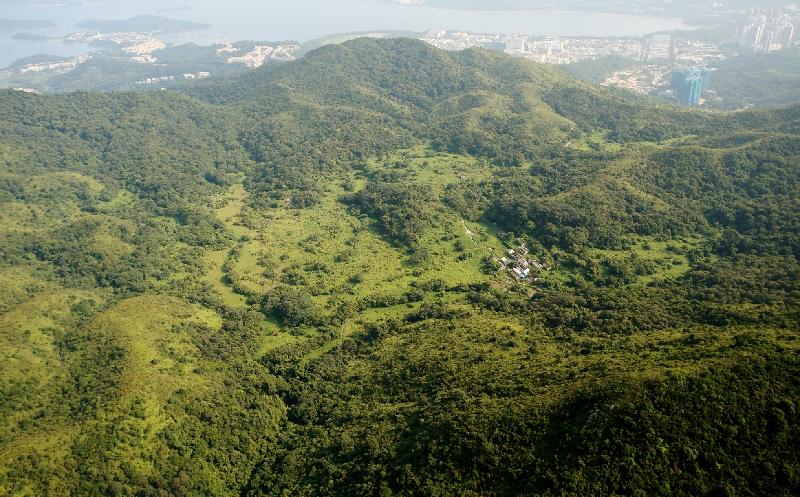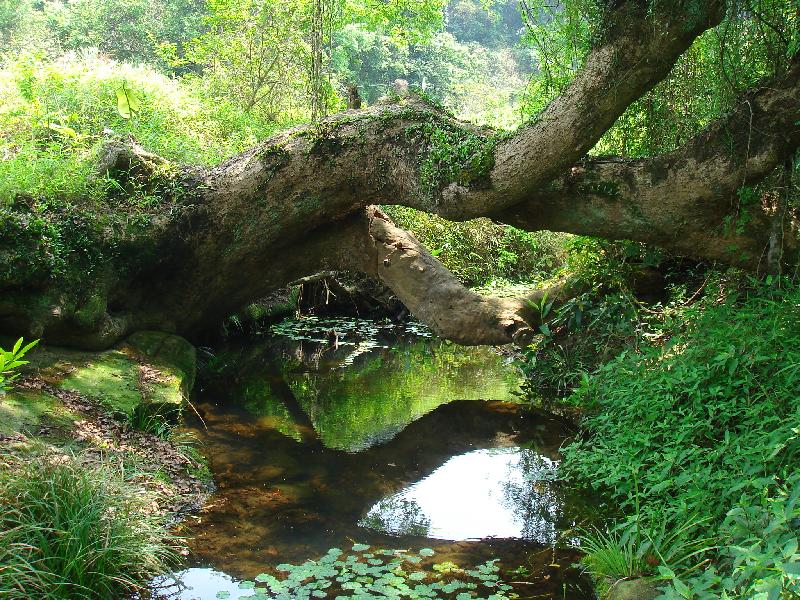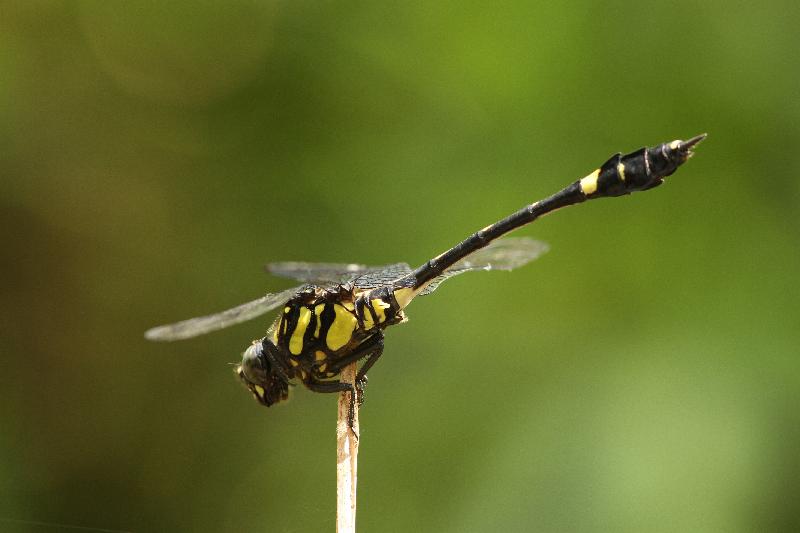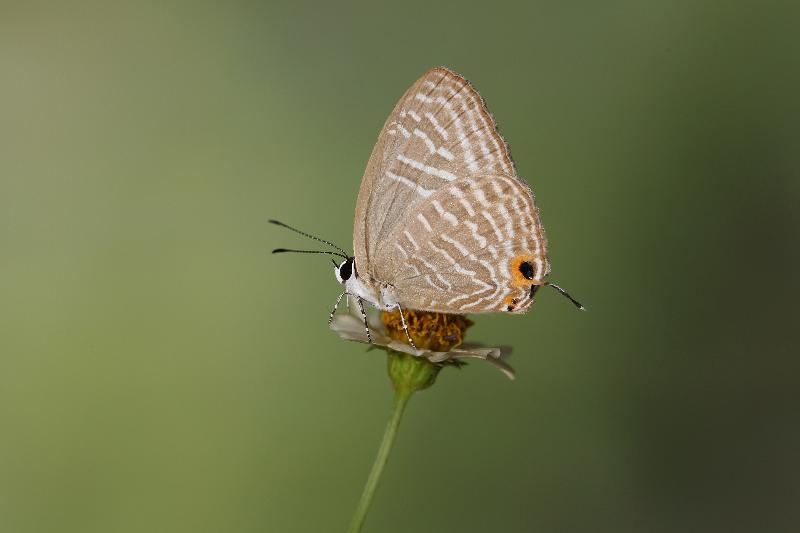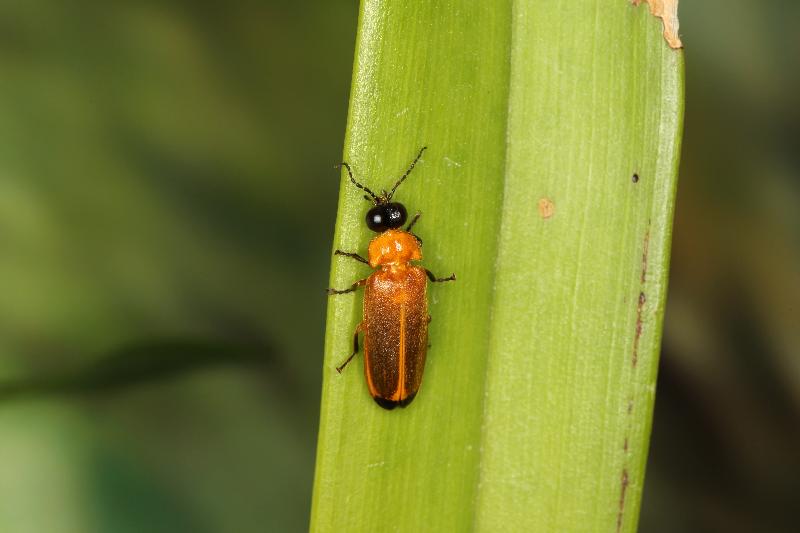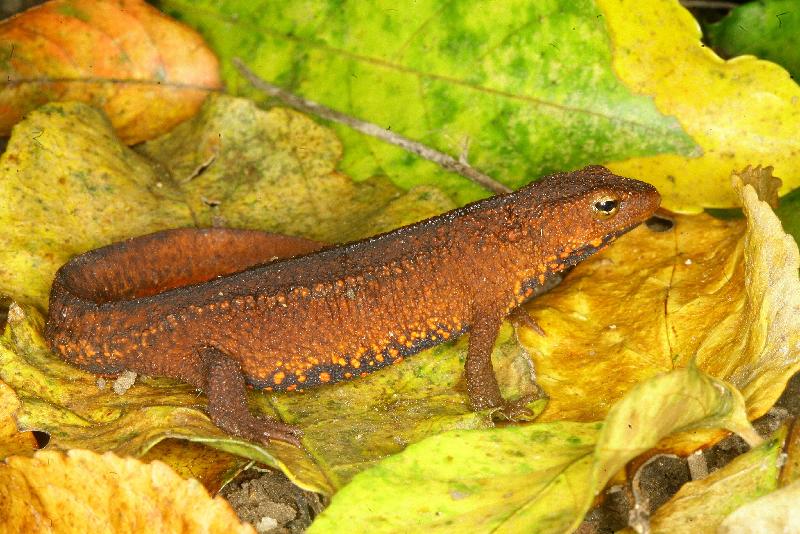Non-in-situ land exchange agreed to promote long-term conservation of Sha Lo Tung (with photos)
******************************************************************************************
A Government spokesman said today (June 15) that with a diverse habitat, the ecological significance of the SLT site ranks second only to the internationally important Mai Po and Inner Deep Bay Ramsar Site among the 12 priority sites identified under the New Nature Conservation Policy (NNCP). Within the SLT site, there are many species of conservation concern. It is one of the most important breeding and development grounds for dragonflies in Hong Kong, supporting over 60 per cent of local species including a number of rare, endangered and endemic species. A total of 76 species of dragonflies known in Hong Kong are recorded in the SLT site, making it the only area in Hong Kong with such a high diversity of dragonflies. With its rich vegetation and food sources, as well as relatively unpolluted streams, marshes and woodland, the SLT site also offers a prime habitat for a multitude of butterflies, fireflies, freshwater fish, mammals, amphibians, reptiles and birds. It enjoys a reputation for having marshes and streams among woodland and being a sanctuary for dragonflies.
The spokesman said that the proposed non-in-situ land exchange is a very unique, exceptional and isolated case justified on nature conservation policy grounds as an exception to the agreed framework for Public-Private-Partnership (PPP) scheme established under the NNCP. When the Government pursues nature conservation management (including for the other priority sites under the NNCP), it will not lightly consider the adoption of the non-in-situ land exchange approach.
The SLT site has very high ecological value which requires active conservation management to avoid degradation and damage and has good potential for long-term and sustainable management for public enjoyment. Despite the various attempts and options explored over the past 12 years, there is no appropriate land that is ecologically less sensitive within the SLT site for the SLTDC to pursue any development under the PPP scheme of the NNCP. The ownership of the private land in the SLT site is largely unified under one entity, rendering the proposal technically feasible. In addition, there is a piece of land at the SWRL site available in the same district of Tai Po, which has been planned for golf course development in the long term. The concurrent existence of all these factors makes it possible to consider pursuing this very unique and exceptional non-in-situ land exchange with a view to implementing the very much needed active conservation management of the SLT site.
To promote long-term conservation management of the ecologically significant habitats in the SLT site, the surrendered land together with the existing Government land in the SLT site will be put under active conservation management by the Agriculture, Fisheries and Conservation Department (AFCD), which will actively explore the engagement of a suitable non-governmental organisation to implement the relevant active conservation management plan and provide suitable facilities and services for public enjoyment and education, in collaboration with local stakeholders. This proposed non-in-situ land exchange is a clear commitment and an important initiative by the Government to promote nature conservation.
Under the non-in-situ land exchange proposal, the SLTDC will pursue the development of a private golf course at the SWRL in accordance with the existing zoning on the Tai Po Outline Zoning Plan. The proposed lease term is 50 years and the land exchange premium will be assessed based on full market value. The SLTDC will be responsible for undertaking the required studies and technical assessments to support its proposal by seeking necessary approvals from relevant bureaux, departments or other authorities as appropriate, including those required under the Town Planning Ordinance, the Environmental Impact Assessment Ordinance, and the prevailing land exchange mechanism before the proposed development can proceed.
The SLTDC will also be required to allow at least 20 per cent of the total tee-time of the proposed golf course for use by the general public. In line with the prevailing arrangement for all restored landfills with privately developed and operated afteruse facilities, the Government will continue to assume responsibility for the aftercare of residual landfill gas and leachate management of the SWRL.
The Government will continue to discuss with the SLTDC to work out the detailed arrangements and will keep the Tai Po District Council informed of progress. Upon conclusion of discussions with the SLTDC, the Government will seek formal approval from the Chief Executive in Council on the associated basic terms and conditions in relation to the proposed non-in-situ land exchange.
In promoting nature conservation, the Government incorporated about 38 hectares of three country park enclaves into the country parks in 2013, commenced statutory procedures in 2015 for incorporating another three country park enclaves into the country parks, and is conducting preparatory work to designate about 500 hectares of Government land at Robin's Nest as country parks.
Ends/Thursday, June 15, 2017
Issued at HKT 16:33
Issued at HKT 16:33
NNNN





